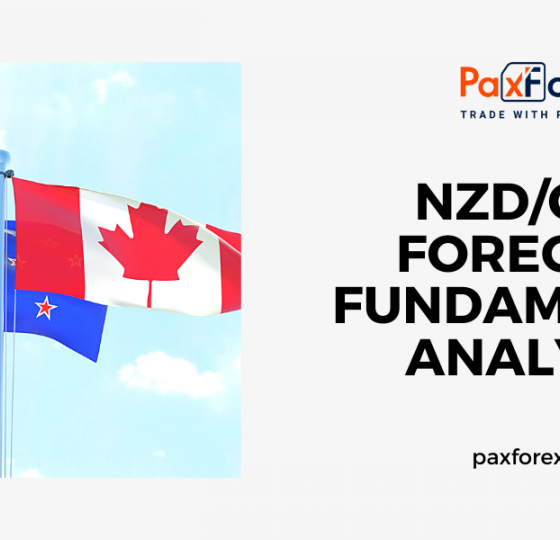
Source: PaxForex Premium Analytics Portal, Fundamental Insight
Telecom giant Verizon has seen a notable increase in its stock price, rising about 14% over the past year. While this price climb is promising, Verizon's appeal as an income investment remains a standout factor. The company has boosted its dividend for 18 consecutive years, and its forward-dividend yield currently sits at an attractive 6.5% as of Nov. 7.
Given these strengths, Verizon stock might seem like a solid choice for long-term investors. However, there’s an important development to consider: in September, Verizon announced plans to acquire Frontier Communications Parent. Here’s a closer look at how this acquisition could impact Verizon's investment potential.
Verizon's move to buy Frontier aligns with its strategy to expand in the growing fiber-optic internet sector, where demand is rising with the popularity of video streaming, video conferencing, and other data-heavy applications. The acquisition would expand Verizon's fiber network significantly, as Frontier’s existing fiber-optic services span 25 states, which would broaden Verizon's fiber footprint to cover 31 states.
Frontier reported $1.5 billion in revenue for Q3, a 4% year-over-year increase due to the growth of its fiber offerings. Verizon’s Fios fiber product, meanwhile, brought in $3.2 billion in Q3, a figure mostly unchanged from the prior year. Once the acquisition is complete, projected in 18 months, Verizon expects Frontier's fiber operations to contribute to its Fios revenue, reinforcing its broadband segment. However, there are financial considerations to weigh.
The Frontier acquisition, valued at $20 billion, is an all-cash transaction that Verizon plans to fund through additional debt. Verizon already holds $126.4 billion in unsecured debt as of Q3, and Frontier itself has over $11 billion in debt. The company has acknowledged the challenges of its debt load, stating, “We have a significant amount of indebtedness, and we may incur substantially more debt in the future. Such debt and debt service obligations may adversely affect us.”
Adding to these liabilities, Verizon will need to commit to capital expenditures to further expand the fiber network. Frontier aims to reach 10 million homes by 2026, up from its current seven million. Balancing these expenses with debt payments and dividend obligations will be critical for Verizon. If not managed effectively, Verizon’s record of dividend increases could be at risk.
Verizon’s free cash flow (FCF) is a vital metric in assessing its capacity to meet these obligations. At the end of Q3, Verizon’s year-to-date FCF stood at $14.5 billion, just slightly below the $14.6 billion recorded in 2023. However, Frontier’s contribution may not be immediately helpful in this regard, as it reported a negative FCF of $81 million and a net loss of $82 million for Q3, signaling ongoing challenges in its profitability.
Verizon views fiber as an essential growth area, and if it can turn Frontier into a profitable division, the acquisition may pay off in the long term. Verizon has stated that customers who use both its mobile and internet services demonstrate greater loyalty, which could strengthen customer retention.
Currently, Fios contributes a modest $3.2 billion to Verizon’s $33.3 billion total revenue in Q3. Most of Verizon’s earnings come from its mobile service segment, which saw a 3% year-over-year increase to $19.8 billion in Q3. Integrating fiber with mobile offerings could drive additional revenue, making this a potentially beneficial combination for investors over time. Coupled with Verizon’s long history of dividend increases and consistent FCF, the stock remains attractive as an income investment.
As for timing, one factor to consider is Verizon’s price-to-earnings (P/E) ratio, which helps gauge valuation. Currently, Verizon’s P/E is higher than it has been in recent years. While Verizon’s stock has declined from its 52-week high of $45.36 reached in September, potential investors may want to wait for a further dip before buying in for the strong dividend income.
As long as the price is above 39.50, follow the recommendations below:
- Time frame: D1
- Recommendation: long position
- Entry point: 40.33
- Take Profit 1: 42.00
- Take Profit 2: 43.00
Alternative scenario:
If the level of 39.50 is broken-down, follow the recommendations below:
- Time frame: D1
- Recommendation: short position
- Entry point: 39.50
- Take Profit 1: 38.50
- Take Profit 2: 37.50













